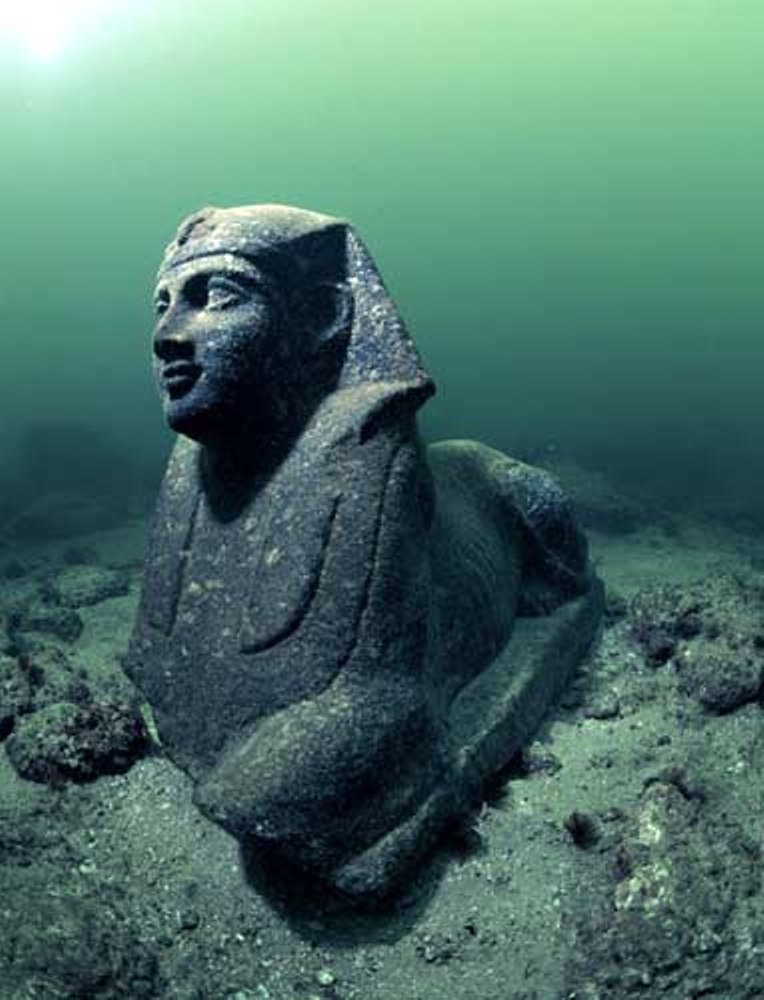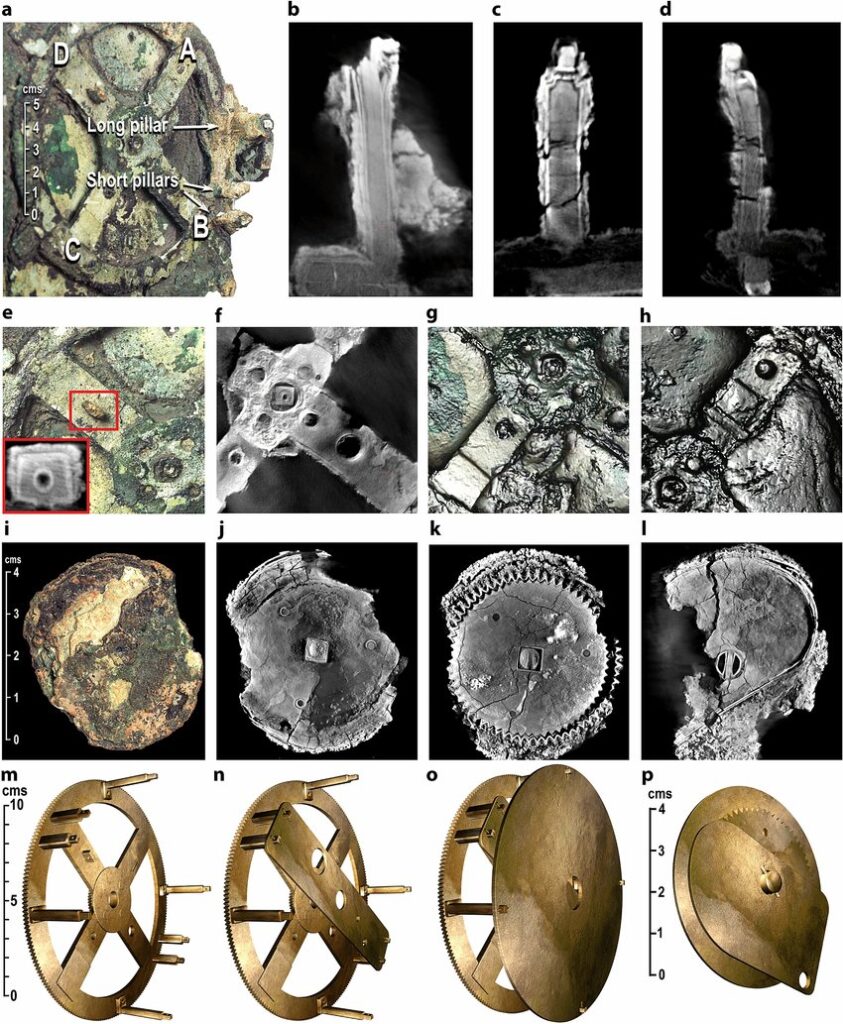Physical Address
304 North Cardinal St.
Dorchester Center, MA 02124

Unveiling the Mysteries Beneath the Waves, The depths of the ocean hold secrets that have fascinated humanity for centuries. From ancient sunken cities to shipwrecks lost in time, underwater archaeological discoveries provide a unique window into the past, revealing stories of civilizations long gone and offering insights into our collective history. This article explores some of the most fascinating underwater archaeological finds, their historical significance, and the cutting-edge techniques used to uncover these submerged treasures.
One of the most captivating aspects of underwater archaeology is the discovery of ancient sunken cities. These submerged metropolises tell tales of natural disasters, changing landscapes, and human resilience. Among the most famous is the city of Heracleion, also known as Thonis, which lay hidden beneath the Mediterranean Sea for over a thousand years. Once a bustling Egyptian port, Heracleion sank into the sea due to a combination of rising sea levels, earthquakes, and soil liquefaction. Its rediscovery in 2000 revealed a wealth of artifacts, including statues, inscriptions, and the remains of ships, shedding light on Egypt’s trading relationships with the ancient Greek world.

© Franck Goddio/Hilti Foundation, photo: Christoph Gerigk
Another remarkable discovery is the city of Dwarka, off the coast of India. Mentioned in ancient Hindu texts, Dwarka was believed to be the city of Lord Krishna. Archaeological findings of submerged structures, pottery, and other artifacts have sparked debates about the city’s origins and its connection to mythological tales.
Shipwrecks serve as time capsules, preserving the daily lives, technologies, and trade networks of the past. The Antikythera shipwreck, discovered in 1900 off the coast of Greece, is one of the most significant maritime finds. Among its treasures was the Antikythera mechanism, an ancient analog computer used to predict astronomical positions and eclipses. This intricate device, dating back to 150–100 BCE, has revolutionized our understanding of ancient technology.

The Vasa shipwreck, found in the cold waters of Sweden, offers another glimpse into maritime history. The Vasa, a 17th-century warship, sank on its maiden voyage in 1628. Remarkably well-preserved, it was raised from the seabed in 1961 and is now displayed in a museum, providing a detailed look at naval warfare and shipbuilding techniques of the time.
The allure of sunken treasures has inspired countless expeditions, with some of the most famous finds contributing significantly to our understanding of history. The discovery of the Titanic in 1985, nearly 75 years after it sank, not only captivated the world but also led to new regulations and research in maritime safety and preservation. The artifacts recovered from the Titanic offer a poignant connection to the individuals who perished in the disaster, bringing their stories to life.
Similarly, the Uluburun shipwreck, dating back to the 14th century BCE, has provided invaluable insights into Bronze Age trade. The cargo, including copper ingots, pottery, and precious metals, suggests a vast trade network stretching across the Mediterranean, connecting civilizations from Egypt to the Levant and beyond.
The exploration of underwater archaeological sites has been revolutionized by advancements in technology. Sonar mapping, remotely operated vehicles (ROVs), and underwater drones allow archaeologists to survey and excavate sites with unprecedented precision. For instance, 3D photogrammetry is used to create detailed models of underwater structures, enabling researchers to study them in a virtual environment before physically disturbing the site.
Additionally, techniques such as DNA analysis of sediments are uncovering information about the people who once inhabited these sunken sites, their diets, and their interactions with the environment. These modern tools are helping to piece together the puzzles of the past, ensuring that the stories of these underwater relics are preserved for future generations.
The discovery of underwater archaeological sites has profound cultural and historical implications. These finds not only enrich our understanding of ancient civilizations but also foster a sense of global heritage. For example, the city of Alexandria
Aerial Drone shot over Egypt Alexandria City sea – The Citadel of Qaitbay
in Egypt, much of which lies submerged, is a symbol of cultural fusion, where Greek, Roman, and Egyptian influences converged. The preservation of such sites is crucial, not only for academic study but also for their potential to educate and inspire people worldwide.
Furthermore, the ongoing exploration of underwater sites continues to challenge our perceptions of history. As new discoveries are made, they often lead to the reevaluation of historical narratives, offering new perspectives on events that have shaped human civilization.
Underwater archaeological discoveries are a testament to the enduring power of history. These submerged sites, whether they be ancient cities, shipwrecks, or sunken treasures, hold invaluable lessons about our past and provide a deeper understanding of the forces that have shaped our world. As technology continues to advance, the ocean’s depths will undoubtedly yield even more secrets, enriching our knowledge and preserving the legacy of those who came before us. Each discovery, like a piece of a grand puzzle, helps complete the intricate picture of human history, reminding us of the interconnectedness of our past, present, and future.